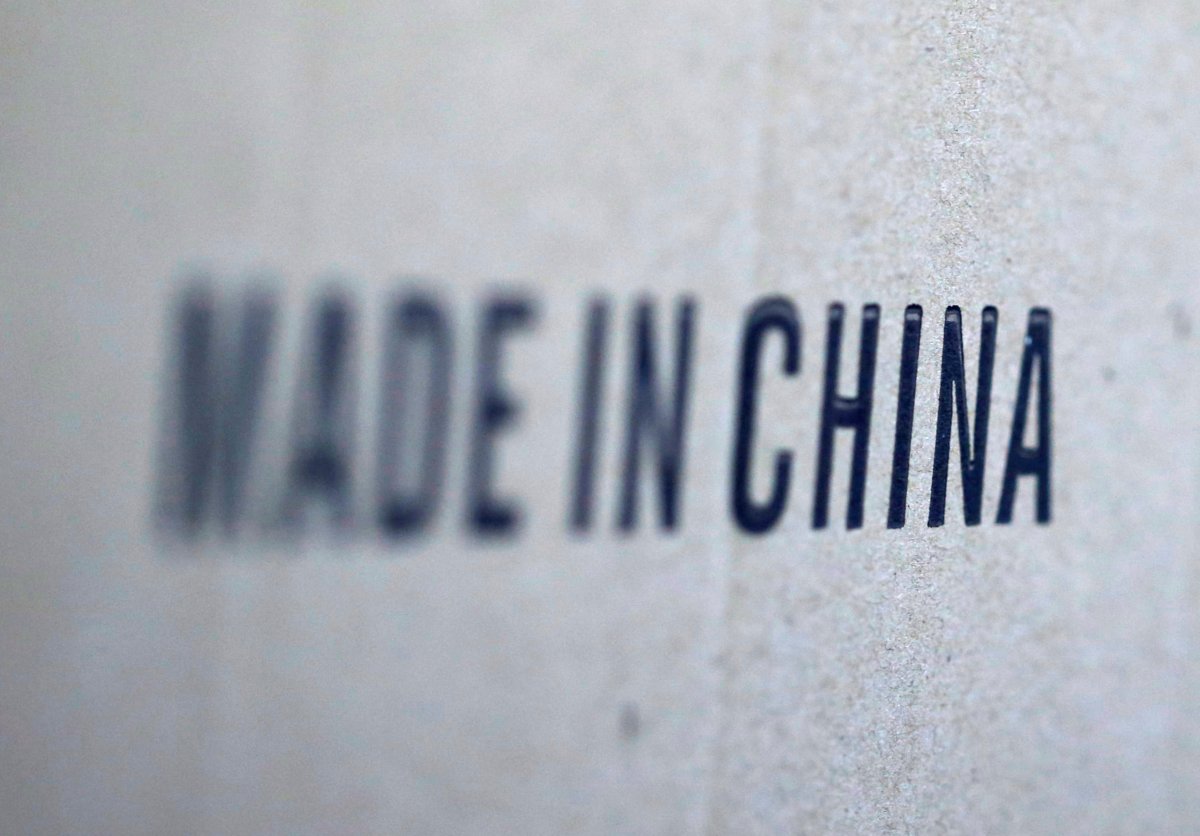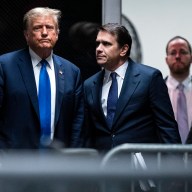BEIJING (Reuters) – China appears to be easing its high-tech industrial development push, dubbed “Made in China 2025,” which has long irked the United States, amid talks between the two countries to reduce trade tensions, according to new guidance to local governments.
Beijing has dropped references to “Made in China 2025”, an initiative intended to help China catch up with global rivals in sophisticated technologies and promoted aggressively since 2015.
The strategy is core to China’s aim to transform itself into a global superpower by 2050, and rival U.S. dominance in sectors such as semiconductors, robotics, aerospace, clean-energy cars and artificial intelligence.
But its open efforts to deploy state support and subsidies to close a technology gap has provoked alarm in the West and blowback from the United States.
U.S. Commerce Secretary Wilbur Ross said it was clear China has been de-emphasizing the 2025 plan in response to objections from the United States and other countries, “but that doesn’t mean they’ve dropped it.”
He told CNBC television that he expects China to move into more advanced technologies and he has no objections to that.
“We do object to using inappropriate methods, like stealing secrets, like forced technology transfers, that sort of thing,” Ross said of China. “We’re perfectly happy to compete with them toe-to-toe, as long as it’s a level playing field.”
China has repeatedly denied the U.S. allegations that it systematically misappropriated U.S. intellectual property through policies that effectively coerce U.S. firms to transfer technology to Chinese joint venture partners, through outright theft by cyber and other means and state acquisitions of U.S. firms.
In its 2016 guidance to local governments, the State Council, or cabinet, said local governments that promoted the implementation of “Made in China 2025” while encouraging industrial growth and manufacturing upgrading would be given priority support.
In its latest guidance reported by state media on Wednesday, references to “Made in China 2025” were omitted.
Local governments that have seen results in their promotion of stable industrial growth and upgrading will be given priority support, the state-backed China Information News said, citing a new document from the State Council.
U.S. President Donald Trump and Chinese President Xi Jinping agreed at a Dec. 1 meeting in Argentina to a truce between the world’s two largest economies that delayed by 90 days a planned Jan. 1 U.S. increase of tariffs to 25 percent from 10 percent on $200 billion worth of Chinese goods.
The two sides are expected to negotiate over U.S. demands for stronger Chinese protections for U.S. intellectual property, an end to forced technology transfers and greater market access to China for U.S. companies.
In the latest guidance, the State Council also called for more efforts to promote Chinese exports and attract foreign investment.
Beijing plans to replace the “Made in China 2025” initiative with a new one to play down China’s bid to dominate manufacturing and will seek to be more open to participation by foreign companies, the Wall Street Journal reported on Wednesday, citing people briefed on the matter.
The new policy could be rolled out early next year, according to the Wall Street Journal report.
INFRASTRUCTURE, POLLUTION
In its guidance to local governments, Beijing also tweaked its priorities to focus more on infrastructure and fighting water pollution while slowing efforts to reduce overcapacity in coal and steel industries.
New infrastructure projects should focus on construction of roads and waterways.
China last week reported far weaker than expected November exports and imports due to slower global and domestic demand, raising the possibility that authorities will take more measures to keep China’s growth rate from slipping too much.
The State Council said it would give “further support to local governments that achieve outstanding work on some key policies.”
One area that will no longer be rewarded with additional funds is the effort to curb overcapacity in China’s bloated steel and coal sectors.
It suggests that China, the world’s top steel and coal producer, has achieved its planned reduction in overcapacity in these sectors.
China has trimmed 150 million tonnes of steel and 800 million tonnes of coal capacity in the past five years.
China still has around 908 million tonnes of steel capacity and 5.1 billion tonnes of coal capacity.
The State Council will also offer more support to cities, especially those that have relied on primary industries, to improve the environment. It specifically mentioned water pollution and efforts to clean up rural areas.
Years of breakneck economic growth have taken their toll on the environment, with China’s massive steel sector bearing the brunt of a clean up campaign.
(Reporting by Ryan Woo and Muyu Xu; additional reporting by David Lawder in WASHINGTON; editing by Darren Schuettler, Richard Balmforth, Grant McCool)
















